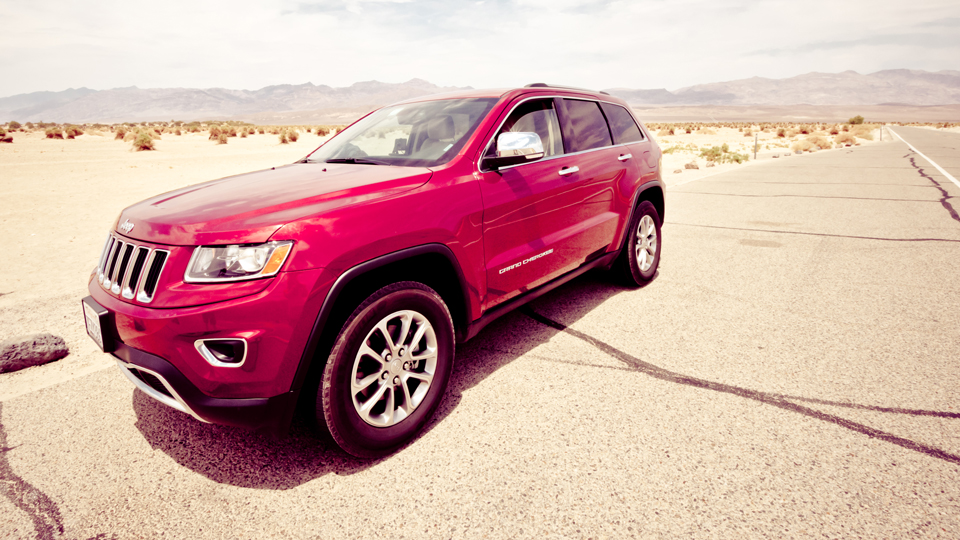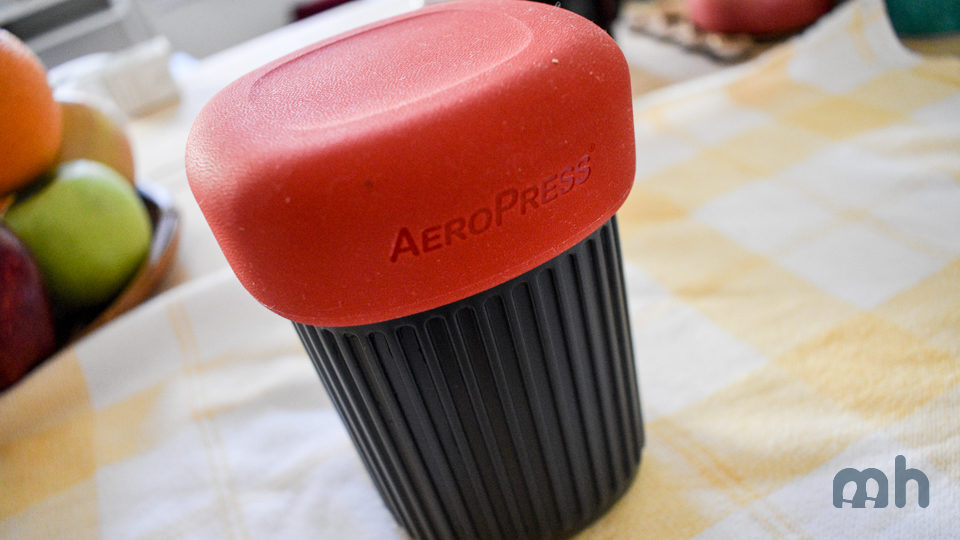
This post is brought to you by Inspired by Iceland.
Pure, free, unfettered. That's how this bucket-list destination is best described — and best digested, hitting the gas into the vast expanse of the Arctic road.
Though we have covered Iceland before, it was worth a revisit. This isn’t a massive country like China and Russia; and thanks to a few cool, geographical characteristics—forests are far and few between, the Icelandic highlands in the center are a wee little hard to cut through, and it is possible to drive to the other side in about six hours—Iceland is the ideal country for the accessible outdoor enthusiast.
Go as hard or as light as you’d like; if you get lost in a forest, just stand up (an Icelandic joke).1
Because it is so difficult to traverse the highlands, most trips will gravitate toward Iceland’s ring road, Þjóðvegur 1, which hugs the coast.
The trip through the South and the Southwest is a commonly traveled path, but go slow and peek around the corner (and with our map of very worthy pit stops, you have no excuse!).
The geothermal springs that adorn the Icelandic landscape aren’t just a testament to Iceland’s beauty or the power of Instagram (Blue Lagoon, we see you 👀).
This country is setting the standard when it comes to sustainability, intent on protecting its majestic, fierce beauty and using its natural resources to its full advantage.
Nowhere else in the world are entire towns and provinces powered by geothermal, volcanic hot springs – Iceland rye baking may seem like a kitsch feature, but it simply started out as one use of how its residents looked to the earth in an isolated environment, with limited reliance on the outside world.
(By the way, the Icelandic moss does take 70 years to grow back, so they aren't joking when they say don't do what Justin Bieber did. Take the sustainability pledge instead.)
Icelanders are also downright cool. From their Nordic-chic (so chic!) style and inimitable humor, they are also rank among some of the happiest people on the Earth. And that warmth radiates from their bones to everyone they meet, no matter how cold and fierce the elements are outside.
It gets even better with an après-ski attitude to a long, hard day outside, complete with imbibing, indulging in (Danish) hygge, and staring out into the vast, and fierce landscapes of the Arctic.
My god, those windows.
Who cares if you don’t run into the Northern Lights while you’re here? It’s just another excuse to come back. This is the place where you go to connect with Mother Earth – and yourself.

Language
The dominant language is Icelandic, and thankfully, though it seems to be the hardest language, um, ever—I dare you to say Eyjafjallajökull without blinking an eye—English is widely spoken, thanks to the fact since it is taught to Icelanders from a very wide age.
Most Icelanders also are well versed in two or three other languages as well (Danish is a popular one!), given their proximity to Europe.
Fun fact: The Icelandic Naming Committee is responsible for keeping the Icelandic language pure (thanks globalization), and all new words and baby names introduced must be approved by the committee, keeping in line with Icelandic grammar and tradition.
It is an Icelandic quirk most visitors aren't bound to notice, but interesting to note as part of their culture. But yea, the baby name "Harriet" isn't going to fly.
Cities and Airports
The main gateway city to Reykjavík is through Keflavík International Airport (KEF).
The next most populous city is Akureyri in the north. Small towns and villages dot the island's perimeter; the central highlands are virtually uninhabited.
For connections to the rest of Iceland to towns such as Vestmannaeyjar, Höfn, and Húsavík, connect through charter flight companies like Eagle Air.
To maximize time, we'd suggest doing a one-way car rental and taking a flight back to Reykjavík.
Visa
Iceland is part of Europe's Schengen area; meaning that for Americans, they may enter for up to 90 days for tourist or business purposes without a visa throughout a 180-day period.
Please note, there must be 90 days for the entire duration of the visit left on a valid passport in order to enter the country.
We know you love Iceland, but you must leave before this time is up! For longer stays, apply for a residence permit at the Icelandic Directorate of Immigration.
Driving
This is the type of place where it is best to have a co-pilot… because the views will be a distraction.
It isn't impossible to do solo travel in Iceland, though it is really best shared with a group of people to share driving responsibilities, costs and navigation. Two heads are better than one; and four heads are better than two. Read up before you leave.

The general speed limit is 50 km/h in urban areas, 80 km/h on gravel roads in rural areas, and 90 km/h on asphalt roads. Of course, when you convert this to miles—roughly 31 mph, 50mph and 55 mph—you realize just how slow this really is.
Do. Not. Speed. There are camera systems installed everywhere; and apparently, the ticket fines for speeding in Iceland are legendary. It is possible to find over $1,000 in speeding fines for going a few mere miles above the speed limit once travelers return home.
Fuel is also expensive. For current gas prices, check out this page. Keep in mind, these prices are per liter, so this is technically getting multiplied by 3.78 for the gallon price.
Just 309 kr per liter? That equates to roughly $2.15 USD per liter, or just $8.13 USD per gallon. Gotta love the math and conversion here!
Some car rental companies will provide renters with a gas discount card, so opt and ask for it when possible. No one ever said Iceland was cheap. (Fun fact: There is a Costco where you can fill up on gas in Reykjavík.)
Gas stations can also be few and far in between: So when in doubt, fill up. This isn't a road trip for novices, if you're getting my drift, and that's better to know before you're literally drifting.
Planning on a really intense day with a long day of mountain biking? Consider having the hotel only a short drive away afterwards to rest, and to minimize the headache.
Drone

Iceland is pretty much one of the most photogenic places we have ever been (and this is a wild statement for someone who has done a million miles on the road), which means there is going to be a lot of interest in droning for the hobbyist photographer.
David Attenborough's voice should be just about everywhere in this country.
In fact, you would have to try *pretty hard* to get an ugly picture of Iceland.
Drones for personal use do not have to be registered, though drones for commercial use do need to be registered with the Icelandic Transport Authority.
Drones are prohibited in national parks like Þingvellir, Vatnajokull and Snæfellsjökul; for those who wish to fly them in these areas will need to apply for a permit. Please adhere to drone signage: Most of the popular sightseeing attractions will likely prohibit usage.

DJI also has a location in downtown Reykjavík in case anything goes wrong. Please note that if you buy, rent, or repair electronic equipment like a drone during the trip, this must be declared upon departure.
Money
Iceland and the words "budget" don't really go together. Expect prices to be pretty close to New York City and London prices, though hotel rack rates are often somewhat extremely reasonable so to speak considering the the value delivered.
Part of this is a price hike for tourists, another is that many items are imports.

This is a place that delivers the return on experience almost flawlessly, so don't bat an eye at those prices. We've seen a lot of world, and we've seen a lot of things in Iceland we never thought we would see.
Don't worry about using cash. Almost every place takes cards. Chip and pin is standard, though they can swipe if necessary.
The best reason to get cash—honestly the only reason aside from “in case of emergency"—is to see all the fun colors and designs on Iceland’s currency.
Tipping
Tipping isn't expected, though it is appreciated.
Food and Drink
Only in Iceland is caviar cheaper than a hot dog.2 This makes sense considering fishing is the largest industry in Iceland.
The seafood is great. Have sushi here. It is okay.
If you want to go down the Game of Thrones route—and we’re talking pure svið (sheep’s head) and plokkfiskur (a delicious combination of mashed fish and potatoes)—you are more than welcome to.
But even at Viking restaurants like Ingólfsskáli what might be presented is a more artfully, elevated representation of modern Nordic cuisine, representing traditional elements and ingredients.
Thankfully, the beer is still served in a horn and there’s some nice after-dinner archery activities available.

Like with everything else in Iceland, the focus is on fresh and sustainable. Given Iceland’s attitude toward their agriculture and livestock—the importation of livestock is banned, and Icelandic horses aren’t allowed to visit the island again after they are booted from heaven—the ingredients are close as to pure as it is possible to be.
Take a tour of Friðheimar, a tomato greenhouse-restaurant in Reykhol and you'll see what we mean.
After all, this is a country that believes in a world without McDonald’s and Starbucks.
Stick to traditional ingredients like lamb (from sheep that range freely throughout the Icelandic highlands), arctic char (which roughly falls on the palate between salmon and cod), and horse (falling somewhere between steak and fish, and a delicacy in the Icelandic tradition of making the most of what they have) and you’ll be completely delighted.
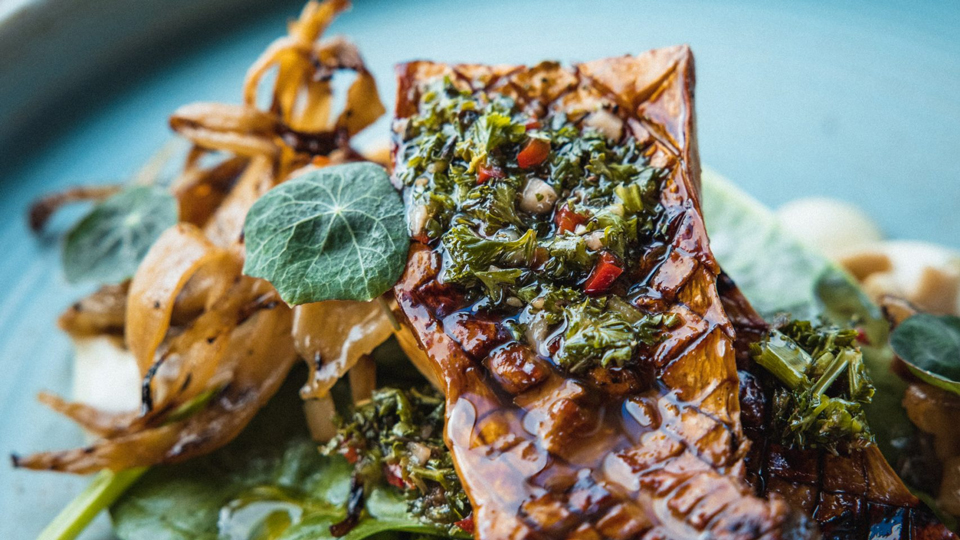
It is all set amongst the backdrop of arctic thyme, essentially a woodsier version of thyme, birch, and juniper to flavor everything that crosses path with the kitchen. Do you smell the trees yet?
Foodies and gourmands can try checking out North: The New Nordic Cuisine of Iceland by Gunnar Karl Gíslason for a truer representation of modern Icelandic fare beyond being able to attend the Taste of Iceland festival.
Of course, you can get a hot dog too. Poetry has been practically written about this hot dog, so it doesn't seem like we need to get into it too much.
But, by God, buying that Bæjarins Beztu Pylsur mustard from the grocery store was one of the best decisions we have ever made.
Adventure
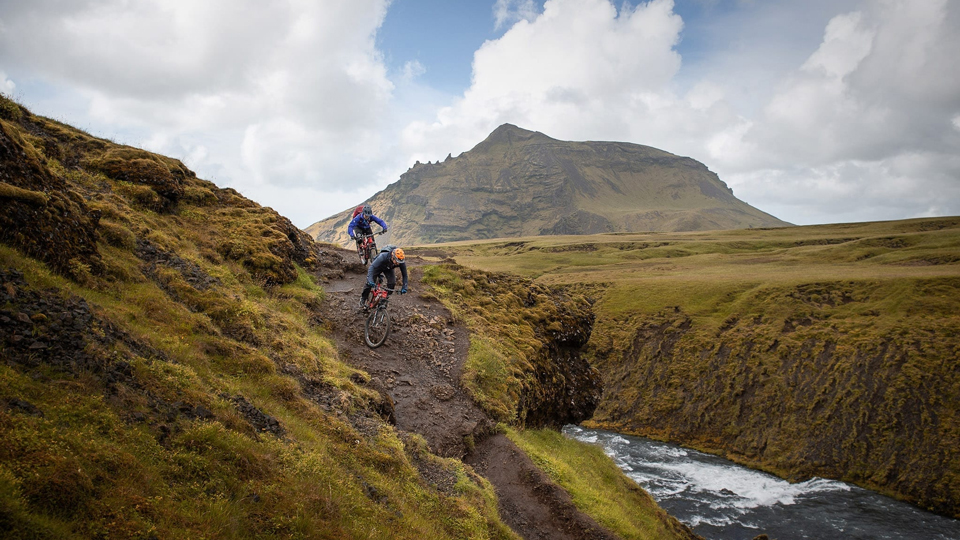
It’s a little hard to say Iceland without saying adventure.
It is possible to go light and make waterfall stop after waterfall stop, but if you are into hiking, mountain biking, ATV’ing, snowmobiling, and glacier hiking or any kind of adventure, these are all very reasonably priced things to do during a visit.
For instance, a roughly 2-hour plus tour consisting of novice mountain biking and ATV tour apiece may range from 16,500 to 28,990 ISK ($117.59 to $206.60 USD, respectively) with local operators like Icebike Adventures and South Coast Adventures.
The upside of all of this is you get to feel like Walter Mitty skateboarding down South Iceland or like you’re starring in your own National Geographic documentary. These aren't terrible prices to pay for that.
This is not the place to leave all that adventure gear behind.
The elements are fierce, real, and you might be thinking about that mountain biking adventure for a loooong time to come (as well as reassessing your “fitness” levels). This isn’t the place we’d suggest you doing these type of activities alone no matter how experienced you are, due to the navigational challenges you may face.
Most outfitters will be able to provide some level of gear for those that show up unprepared but communicate with the guide.
Weather
In the summer, there are 19+ hours of daylight. Usually it's mostly cloudy with highs around 54°F (12°C) and lows in the mid-40s (7°C).
Bring all that North Face gear that has been collecting dust in your closet; if you forget, thankfully there are plenty of icewear and 66 North stores to cover your slacking needs.
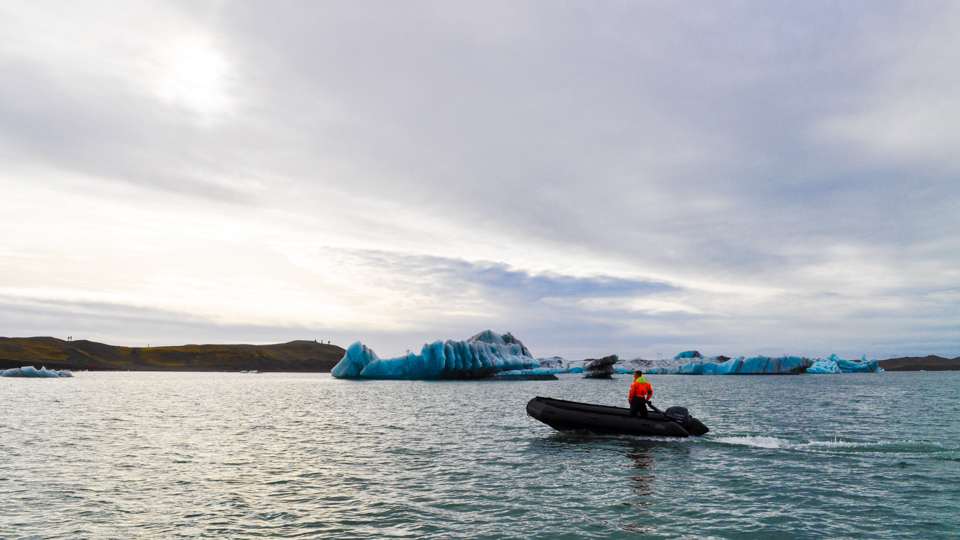
In the winter, imagine a Boston climate but with 19+ hours of darkness and more nor'easters. Average highs are around 35°F (2°C). Bring multiple sweaters. Also a UV lamp.
On one of the rare days with clear skies, expect to get some sick aurora action. It is windy year-round. Always.
Communication
The country code is +354. Iceland's two main phone companies are Síminn and Vodafone.
Expect good coverage in the Greater Reykjavík area, in most spots along Route 1 and at a ton of other (but not all) remote locales. It is also possible to post photos to Instagram in Snæfellsness and Vík (see below) without a hitch, for example.
As a bonus, most stores, restaurants and bars in Reykjavík have free Wi-Fi. Dig it.
Safety
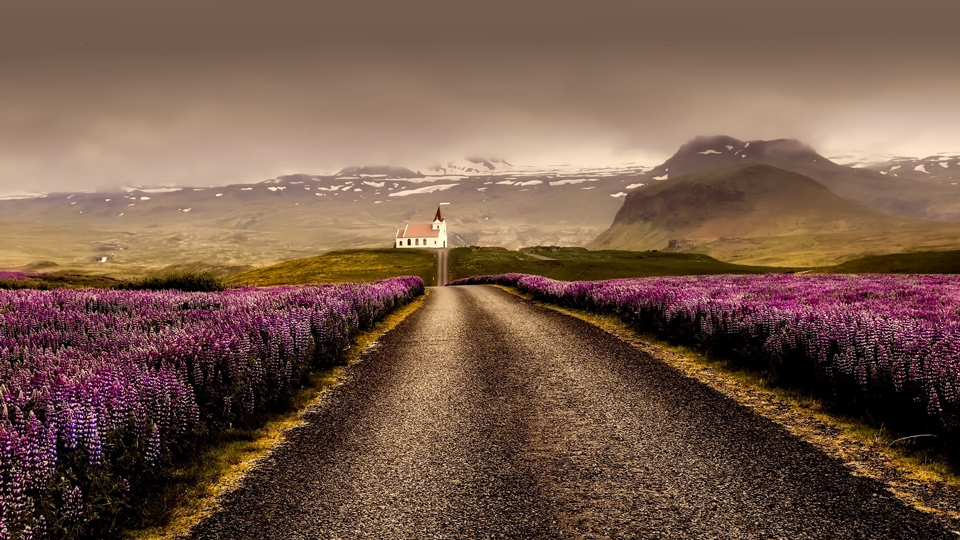
Dial 112 for all emergency services (or download the app). The main thing is to watch our for volcanoes, rogue sheep and drunk pedestrians.
Always! Always! Always follow road and weather warnings. If a sign says a sedan can't take the road, then it means a sedan can't take it. Some roads (especially in the highlands) are only passable by super-tough 4x4s or amphibious vehicles.
Icelandic emergency services have seen an increase in the number of rescues with the rise of tourism. Don't mess around unless you want to end up off a cliff or backsliding into a lava field.
Power
European-style plug.


